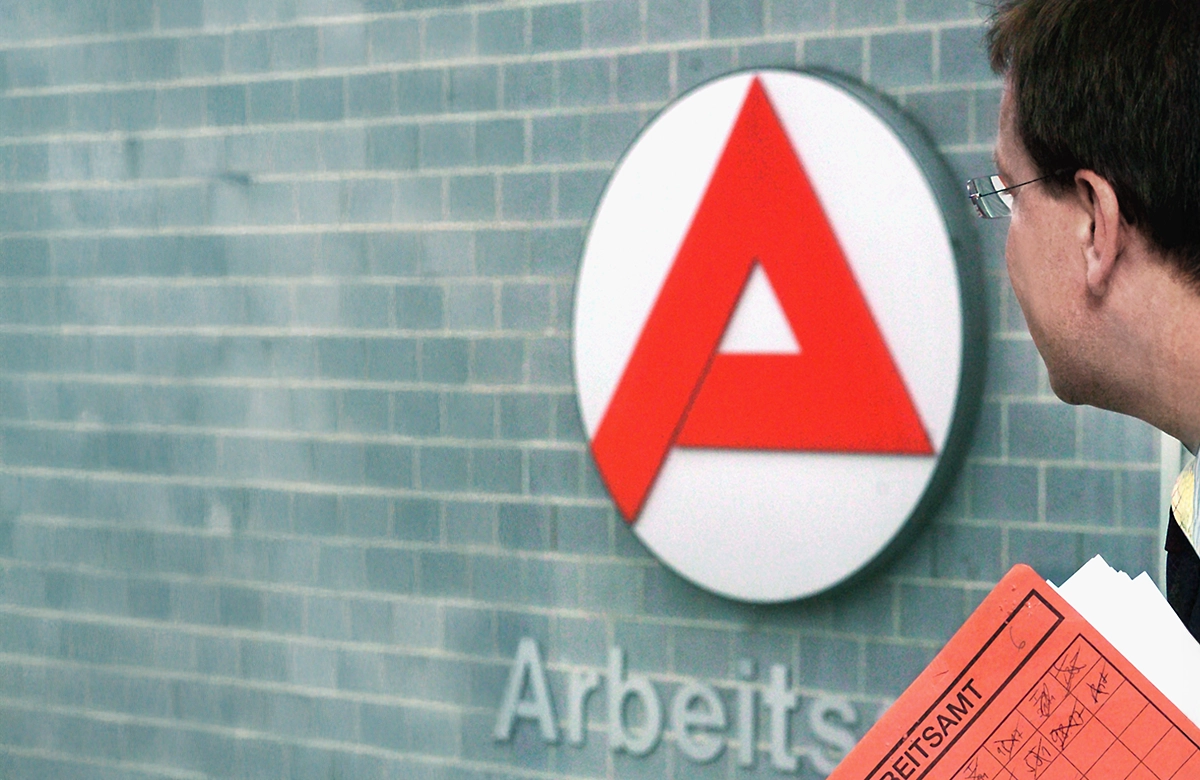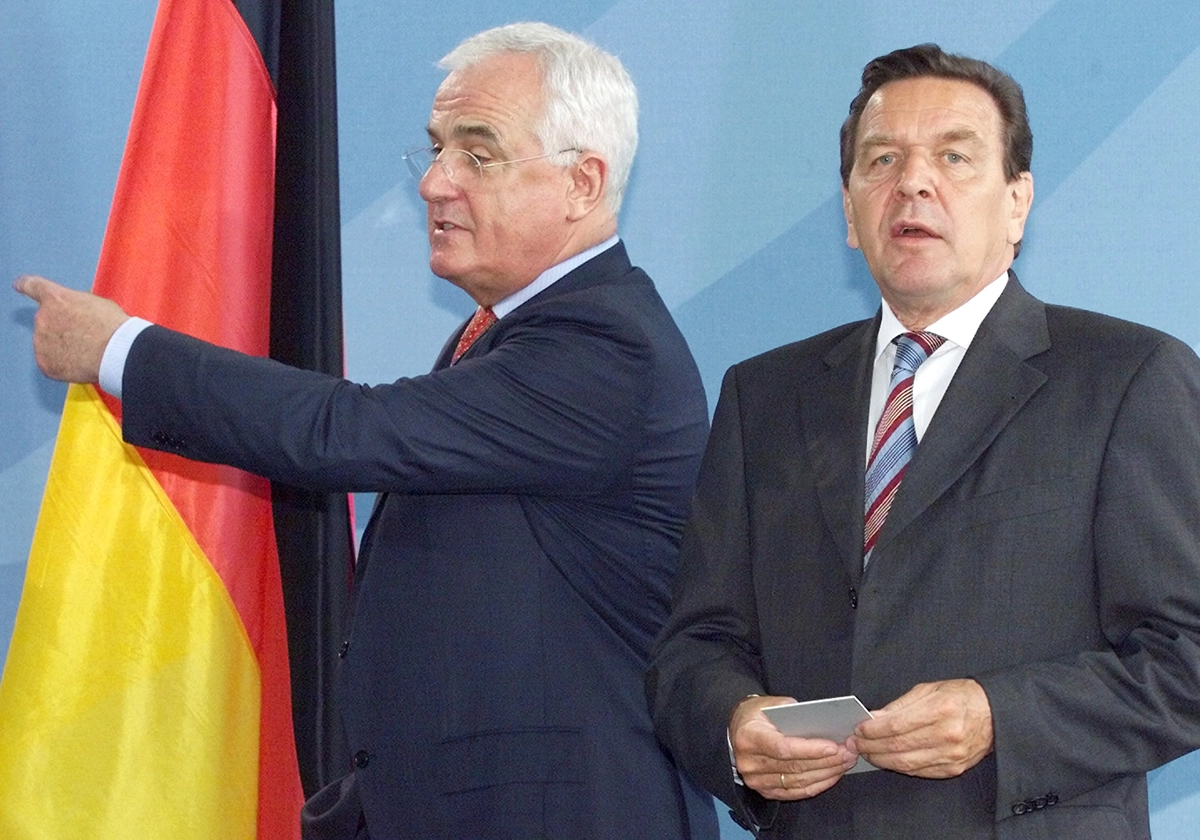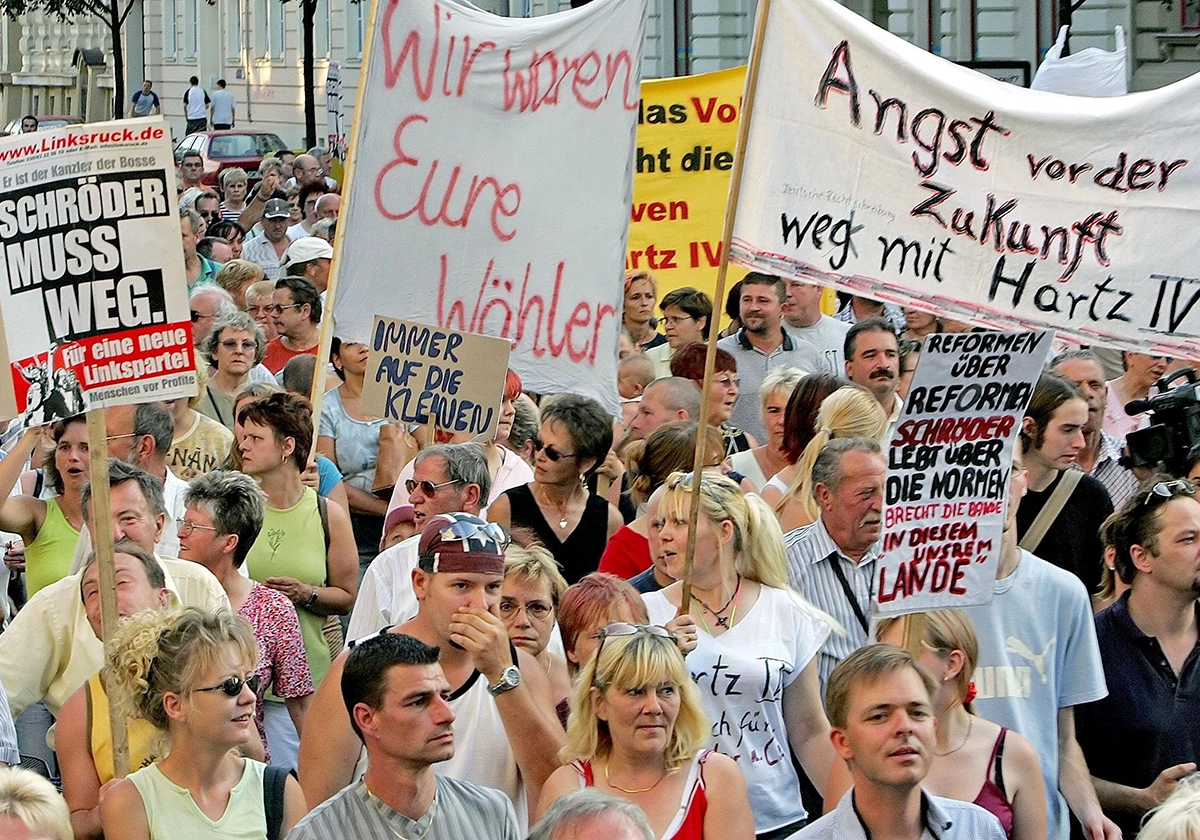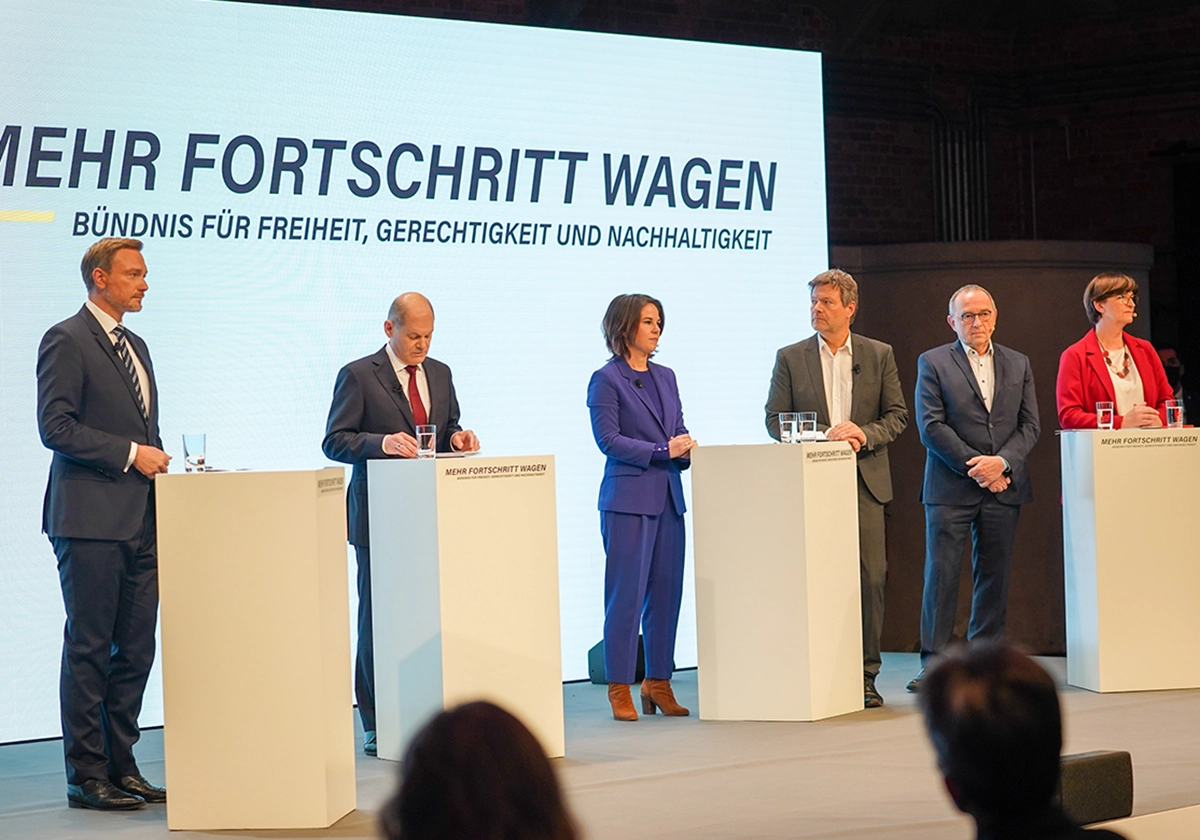Agenda 2010, introduced by Germany’s red-green coalition government under Chancellor Gerhard Schröder, was a sweeping program designed to improve the competitiveness of German companies in global markets. A cornerstone of these reforms was the restructuring of social benefits for the unemployed, which came into effect on January 1, 2005, and is widely known as the Hartz reforms, named after Peter Hartz, the architect of the concept.


Objective: Stimulate the Labor Market
The “Fourth Act for Modern Services on the Labor Market,” commonly referred to as Hartz IV, combined unemployment benefits with social assistance and aimed to reduce unemployment significantly. This reform benefited both employers and employees by reducing unemployment insurance contributions.
The legislation provided a basic economic safety net for unemployed individuals capable of working but lacking sufficient income or assets to support themselves. The program actively encouraged a return to work through targeted job placement services, vocational training, and educational programs. However, participation was mandatory—those who declined assistance risked cuts to their benefits. The guiding principle was simple: to “promote and demand.”
The Origins of the Hartz Reforms
Peter Hartz, a trade unionist, Social Democrat, and Volkswagen AG’s head of Human Resources from 1993 to 2003, chaired a commission tasked with proposing labor market reforms. Between 2002 and 2004, these proposals were implemented in four stages, labeled Hartz I through Hartz IV. The reforms aimed to reduce unemployment, cut social expenditure, and eliminate incentives for misuse of unemployment benefits as a long-term substitute for work. The core principle was to ensure that gainful employment provided higher income than state support, which was sharply reduced during this period. Despite fierce resistance from trade unions and social organizations, Chancellor Schröder pressed ahead with the reforms.


ifo’s Blueprint for Reform
In May 2002, the ifo Institute published a study proposing a more active approach to social assistance. The report highlighted how welfare systems, instead of counterbalancing market forces, often exacerbated labor market inefficiencies. Social assistance at the time functioned as a de facto wage floor, discouraging employment at lower wages and preventing companies from offering jobs in the low-wage sector.
The ifo study suggested that insufficient wages could be supplemented by state funds, but only if individuals were required to work according to their abilities. By removing the option to opt out of the labor market entirely, the proposal aimed to incentivize companies and private households to create new jobs. This proposal laid the groundwork for key aspects of the Hartz reforms.
The Introduction of Unemployment Benefit II
The most transformative element of Hartz IV was the merger of unemployment benefits with social assistance into a single program, Unemployment Benefit II (ALG II). This new system was funded by taxes and tailored to address evolving societal needs.
By the late 20th century, Germany’s social security system faced a breaking point. Rising unemployment and deficits strained resources, making indefinite funding through tax revenues unsustainable. Hartz IV introduced a unified, tax-financed basic benefit for long-term unemployed individuals, shifting some of the financial burden from contributors to taxpayers.


Calls for Further Reform
In the years following Hartz IV, debates over its effectiveness intensified. Issues such as benefit levels, sanctions, and the types of jobs deemed “reasonable” for unemployed individuals became points of contention. The ifo Institute contributed to these discussions, offering extensive analyses and proposing new concepts. In February 2019, the institute presented a reform plan that gained renewed attention in 2021 when Germany’s coalition government pledged to update Hartz IV.
The ifo Institute stressed the need to eliminate disincentives within the system. It argued that individuals receiving basic income support should have stronger motivation to accept higher-paying jobs to thus reduce their reliance on state aid. Additionally, the institute emphasized addressing “hidden poverty” among those receiving other forms of assistance, such as housing or child supplements, who did not technically count as Hartz IV recipients but still struggled financially.
On January 1, 2023, Germany marked the end of the Hartz IV era with the introduction of a new citizen’s income system.